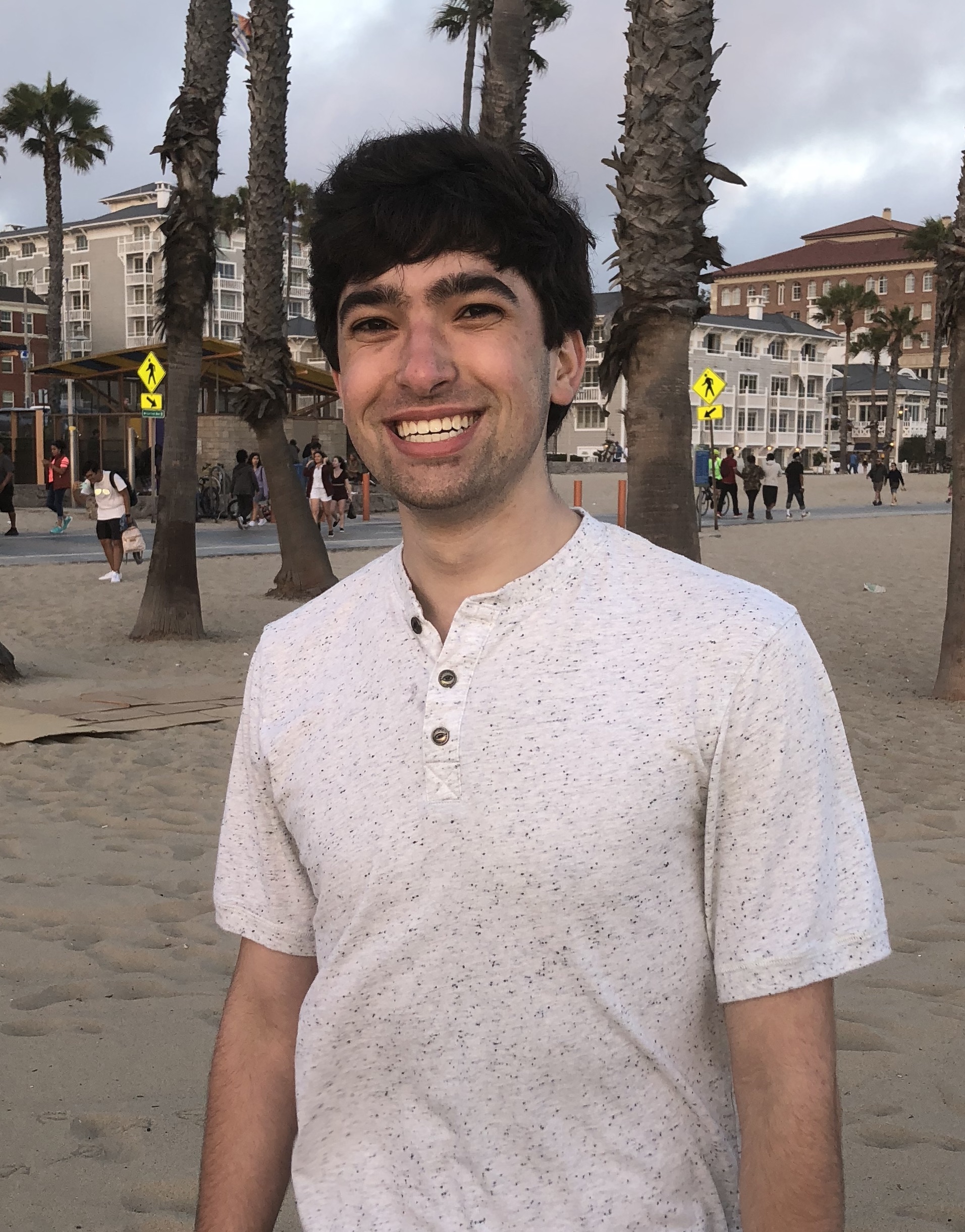Our Team

Dr. Jonathan Chisum
The GOAT
Dr. Chisum has acted as our advisor throughout the course of our project. His expertise in RF systems was indispensable in helping us design our project.

Alex Filmer
RF Circuits Champion
Alex worked on designing the Transceiver Board as well as writing the code to interface with the ADF chip.
Contact: afilmer@nd.edu
Meghan Finnan
Embedded Systems Expert
Meghan worked on designing the Vehicle and Ground/Relay Station boards, in addition to writing the code for the IMU and accelerometer.
Contact: mfinnan@nd.edu
Mike Frye
Comm Systems Guru
Mike worked on designing the Transceiver Board, and wrote the code to interface with the ADF chip, GPS, and altimeter.
Contact: mfrye@nd.edu
Zach Kowalczyk
The Code Guy
Zach integrated the various sensor code modules into the Vehicle Module code, and also helped design the Vehicle and Ground/Relay station boards.
Contact: zkowalcz@nd.edu
Tristen Lewandowski
Antennas Wizard
Tristen single-handedly designed the antennas used in this project.
Contact: tlewand1@nd.edu